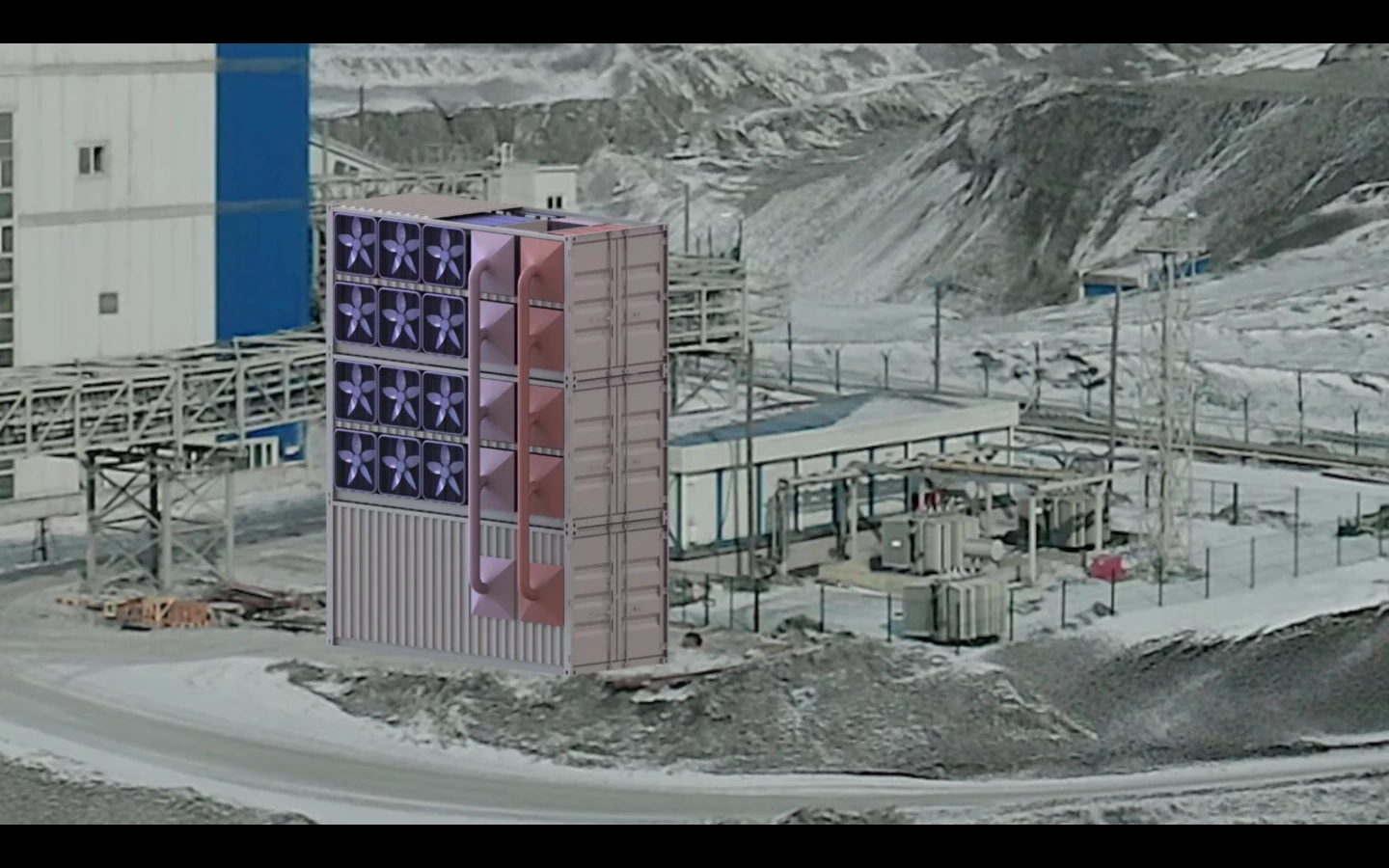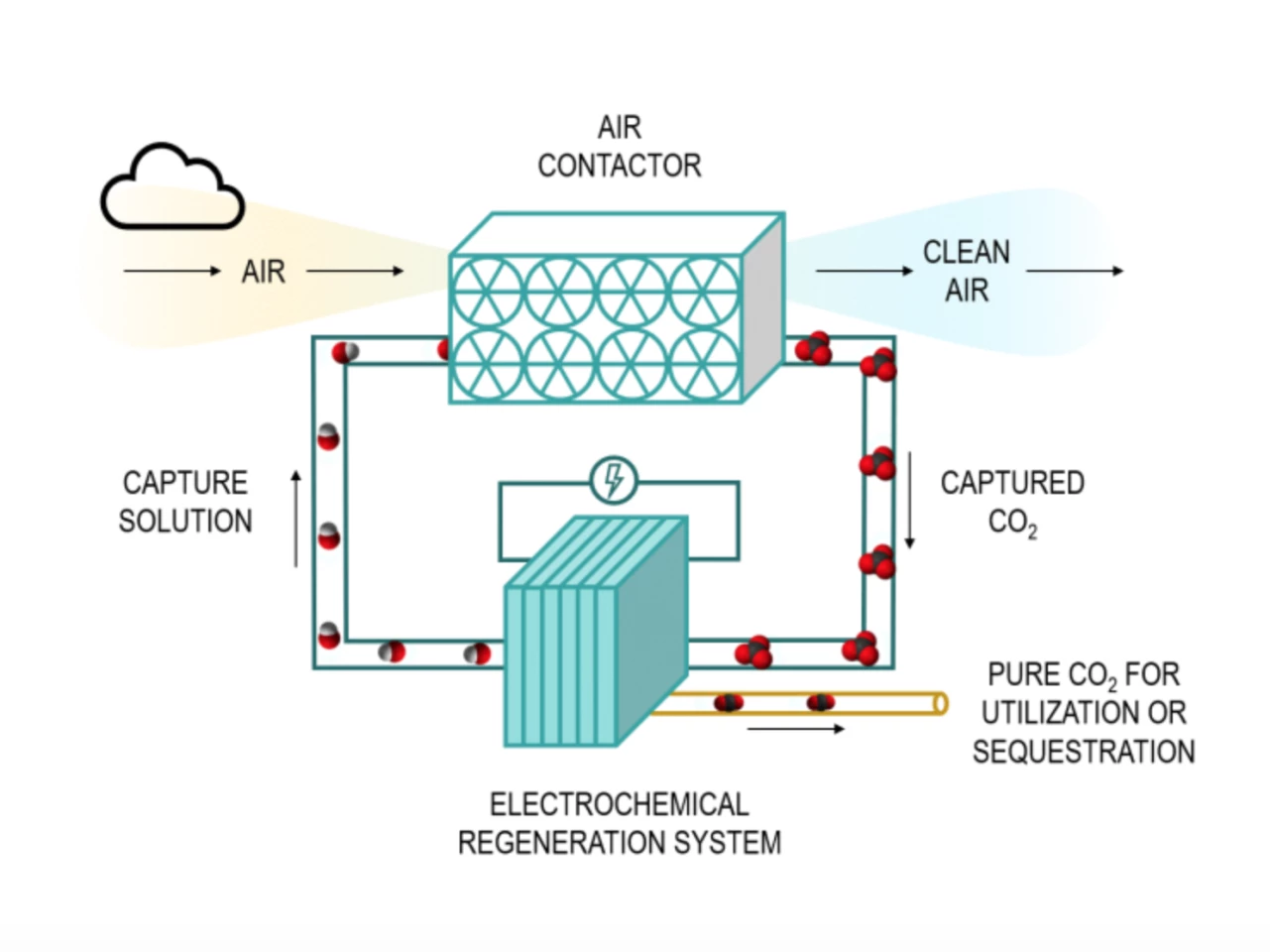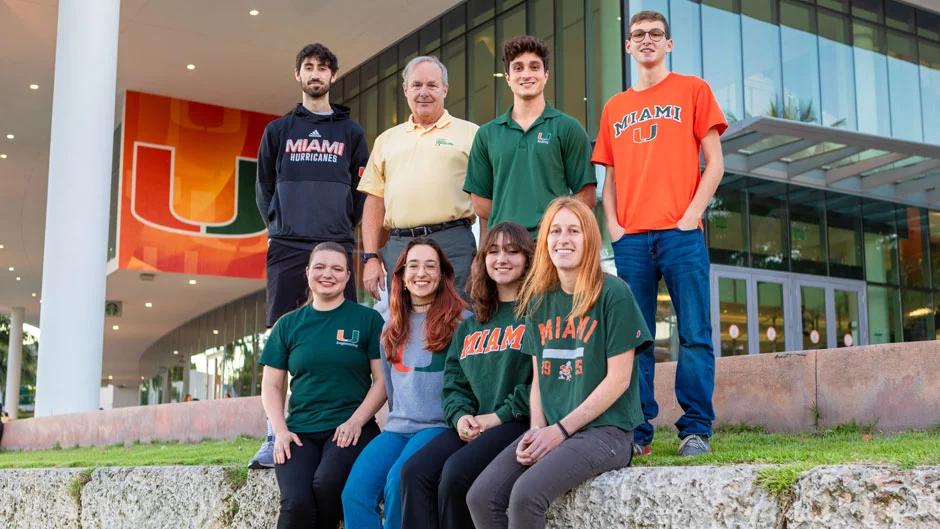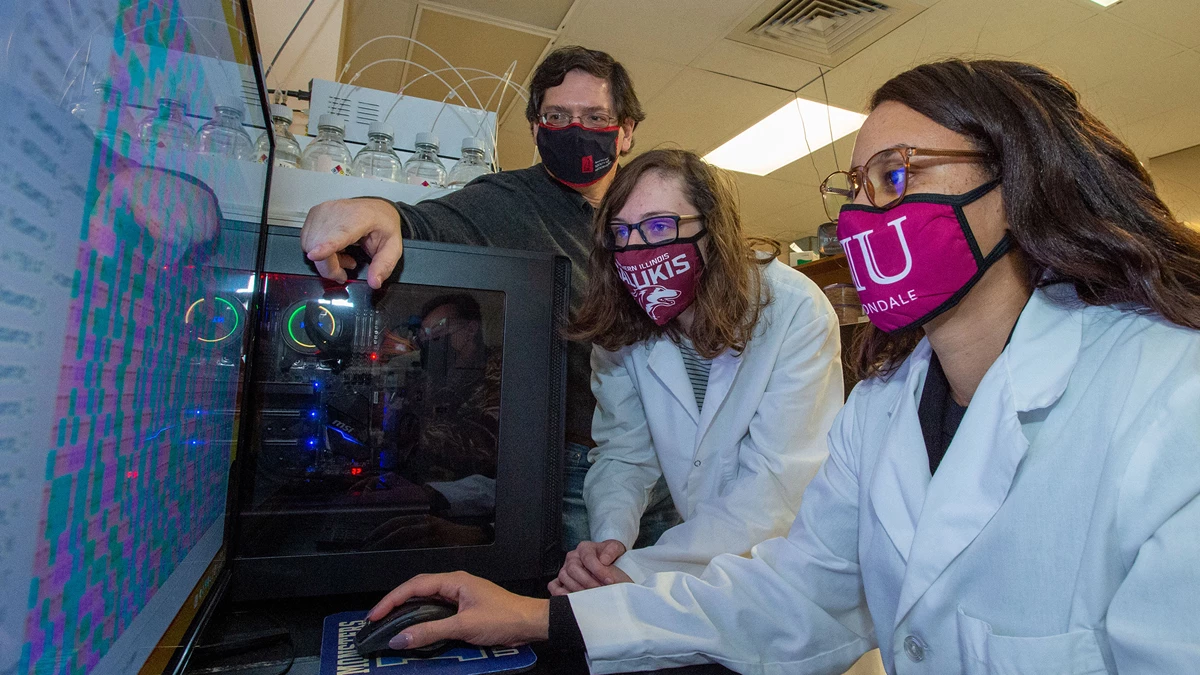The largest XPrize competition ever conducted has given out its first prize money, with 23 student teams receiving cash injections to further their carbon removal technologies. Among the winners are a mix of forward-thinking projects that take aim at the problem of mounting carbon dioxide in the atmosphere, and several that look to solve more than one environmental problem at a time
The US$100-million Carbon Removal XPrize kicked off back in February, and is aimed at accelerating technologies that can remove CO2 from the ocean and the air. Funded by Tesla and SpaceX CEO Elon Musk, the contest will take place across four years and see competing teams demonstrate not just how carbon can be captured from the air, but safely stored for a minimum of 100 years.
As part of the broader competition, $5 million was set aside for a Student Awards purse. The thinking behind this was to inspire the next generation of climate innovators, and 195 teams from 44 countries threw their hats into the ring. Their submissions involved detailed proposals on their technologies to convince a panel of judges that not only were they scientifically viable, but that the students had the technical know-how to execute on their plans.
Twenty-three teams were selected as winners, 18 of which were handed $250,000 to continue developing their technologies with the option of competing in the main competition. Five others were awarded $100,000 to develop their technologies designed to support the measurement, reporting or verification of carbon removal in a broader sense. Let's take a look at some interesting examples from this crop of winners.
CO2 to power asbestos removal

Skyrenu Technologies from Canada's Universite De Sherbrooke and Inrs-Eau Terre Environnement Research Centre hopes to use a direct air capture (DAC) system to solve two problems at once. These reactors are designed to remove CO2 from the ambient air, and the team's version funnels the high-concentration gaseous CO2 into a separate device where it combines with mine tailings to produce carbonated rocks for easy storage.
It plans to install these directly at mine waste sites to minimize transport, and its first port of call will be abandoned asbestos mines in Quebec, hoping to reduce health hazards from the residue. The process will be powered by renewable energy, and the team says two gigatons of existing tailings at the asbestos mines offer 700 metric tons of CO2 removal potential.
Old oil rigs as seaweed farms

The Blue Symbiosis team from Australia's University of Tasmania is looking to tap into the natural CO2-absorbing properties of seaweed, by repurposing oil and gas rigs as regenerative farming sites. The offshore platforms provide the trunk, while the seaweed will act as the branches, according to the team. The team aims to scale up production to the point where the system can have a real impact on ocean health, with part of the seaweed to also be used in construction materials such as fire-resilient bricks, enabling the carbon being stored to be quantified.
“I researched the potential of repurposing oil and gas infrastructure to regenerative seaweed sites, which led to the conclusion that this holds real promise for both environmental and commercial reasons,” says team leader Joshua Castle. “Decommissioning oil and gas infrastructure is an emerging AU$60-billion (US$44-billion) problem for governments and industries in which they are expected to share the costs. Seaweed has the potential to deliver vast environmental benefits for ocean health – but if it can’t be scaled, significant impacts on ocean health can’t be realized.
Supercharged DAC

DAC systems are shaping up to be a key pillar of carbon removal efforts moving forward, and the E-quester team from the University of Toronto have put forward a version they say is 16 percent more energy efficient than those currently on the market. This hinges on what the team calls a novel electrochemical regeneration system that recycles the captured CO2 to help power the air filtration process, with the pure CO2 it produces able to be put to use or sequestered.
CO2 for ocean de-acidification

One consequence of climate change is the acidification of our oceans, which poses a grave danger to marine ecosystems and coral reefs in particular. The Acid Project team from the University of Miami is taking aim at this problem through what it calls "green hydroxide," which is a low-carbon form of alkalinity made with mining waste products, water and renewable electricity. This can then be added to the ocean to both remove CO2 and reduce acidity.
“Essentially, it’s like one big Alka Seltzer,” says team leader Laura Stieghorst. “When the tablet dissolves in water, it can neutralize acid. Distributing this liquid in the ocean will have a similar effect – and speed up a natural part of the geologic carbon cycle that takes thousands of years. Accelerating it to human-time scales can safely lock away our anthropogenic carbon emissions for more than 100,000 years.”
Locking away plant waste

Global agricultural practices produce gigatons of plant waste every year, from grass clippings to vegetable scraps, which generate CO2 emissions as the material rots away. The Carbon Down Under team from Southern Illinois University are developing a system designed to liquefy this biomass, turning it into a tea-like solution that can be injected into underground voids. Once there, subsurface microbes will consume the solution and stop the CO2 from entering the atmosphere. This has been tested in the lab, with the team to continue experimenting to explore its real-world potential.
“Fundamentally, we are trying to reduce atmospheric carbon dioxide by putting carbon deep underground,” says team member Tia Zimmerman. “But what if the tiny creatures that live down there don’t like it? What if they start doing something that adversely affects us on the surface? We don’t yet know what they will do with the carbon, and I want to help find that out.”
Registration for the main Carbon Removal XPrize competition, with $95 million remaining in prize money, is open until December 1. More information is available via the source link below.
Source: XPrize








